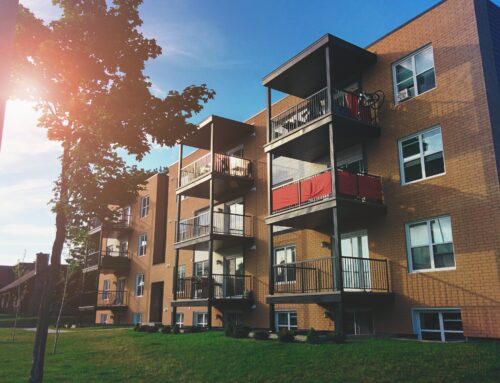As the second largest country in the world by area, with a relatively modest population of just 37 million, Canada is well known for its vast open spaces and breathtaking landscapes. But vigorous growth in Canada’s largest city, Toronto, has led to runaway urban sprawl and the swallowing up of open spaces. To better manage this growth, protect prime agricultural land and preserve the natural beauty of the region, the provincial government of Ontario established the Greenbelt in 2005. Since then, the protected area has come under threat by pro-business and politically conservative forces, but the will of the people has continued to ensure its preservation.
What is the Greenbelt?
At 800,000 acres (7,200 sq.km.), the Toronto Greenbelt is one of the largest and most successful of such land use policies in the world. Provincial law permanently protects this broad swath of farmland, forest and wetlands from the encroaching growth of Canada’s largest metropolis.
The idea of establishing a greenbelt around the Horseshoe region first came up in 2003 in response to a decade of furious growth. Between 1991 and 2001, the region’s population rose from 6.5 to 7.7 million while the amount of farmland shrank by about 7 percent.
The Greater Golden Horseshoe region, the urban area surrounding Toronto, is now home to more the 9 million Canadians, more than half the population of Ontario and more than 20 percent of Canada. Its name comes from the horseshoe shape that forms around the western end of Lake Ontario, stretching from Niagara Falls through Hamilton, Toronto and including the Durham Region. The core Golden Horseshoe region comprises about 10,000 sq.km. and the extended Greater Golden Horseshoe covers roughly 33,000 sq.km. About 22 percent of that area now belongs to the Greenbelt.
Legislation passed in 2005 took previously protected areas like the Niagara Escarpment and the Oak Ridges Moraine and bundled them under a single entity. The primary goal of the Greenbelt was the creation of a Protected Countryside (PC) element, aimed to preserve one of the most fertile and productive agricultural regions in all of Canada. The Holland Marsh, a wetland to the north of Toronto, produces more than $50 million in vegetables every year, and wine production has also become very popular in the region.
Future Growth and Bill 66
For the last decade and a half, the Friends of the Greenbelt Foundation, a non-profit organization with a generous public endowment, has successfully overseen a variety of charities and projects to benefit the Greenbelt. They have also promoted a number of agricultural, viticultural and recreational activities in the area.
But despite its success, some Torontonians argue that the Greenbelt is too large. Restricting such a vast area from commercial growth and development, they claim, has put additional stress on the Toronto real estate market, pushing it to the point of a housing crisis. The Ontario Progressive Conservative (PC) Party, headed by Doug Ford, even pledged in 2018 to open areas of the Greenbelt to development.
Doug Ford’s government introduced Bill 66 in December of 2018, with a section (Schedule 10) that would amend the current planning laws and declare portions of the Greenbelt “Open for Business.” This element of the bill met with mixed reactions, and they have since removed it from the proposed legislation, which is still under consideration.
In defense of the Greenbelt
While Ontario’s PC Party succeeded in stirring up the business community, the majority of Toronto residents did not take favorably to the Open for Business policy. Despite claims that lifting restrictions would create numerous jobs and prosperous opportunities for developers, most residents saw the proposal as a short term win for a few and a long term loss for the many.
Here’s a short list of the arguments for defending the Greenbelt and against the Progressive Conservative proposal to open it for development.
- Loss of scenic greenery
- Loss of farmland (and higher food prices)
- Threat to clean water supply
- Increased traffic
- Higher property taxes
- And there are already more than 125,000 developable hectares within the current urban boundaries
Since its creation in 2005, most Torontonians have grown to treasure this component of the city’s overall plan. Even as the population and the housing prices both surge upward, the Greenbelt is something of a sacred cow that most residents refuse to sacrifice on the altar of financial reward.
Further Reading: Check out these other articles to learn more about the city of Toronto.
- Toronto Real Estate Trends
- Toronto Real Estate Tips for Foreign Buyers
- Cost of Living in Toronto vs. Montreal
- Online Relocation Guide for Toronto
Photo courtesy of the Friends of the Greenbelt Foundation







Leave A Comment